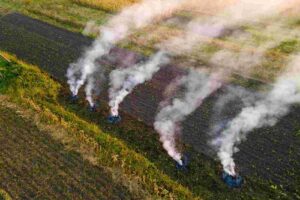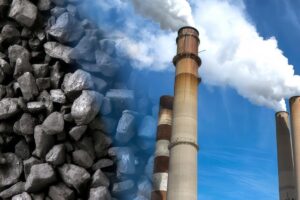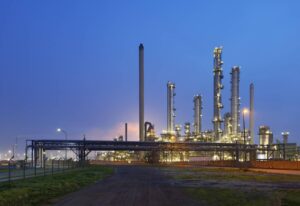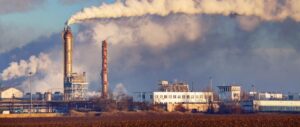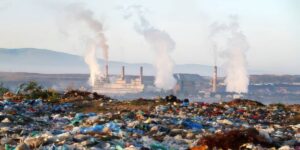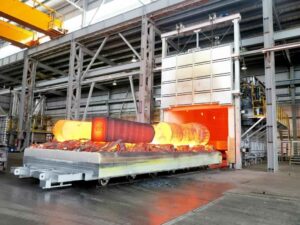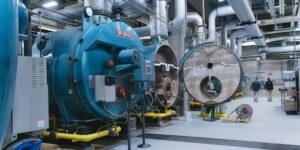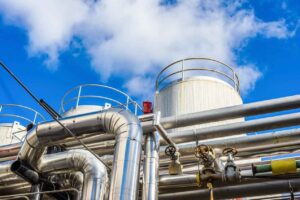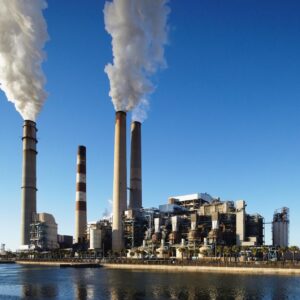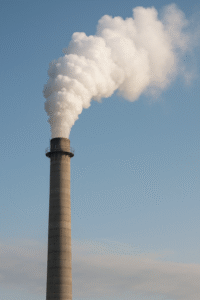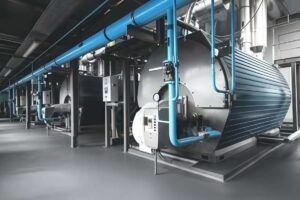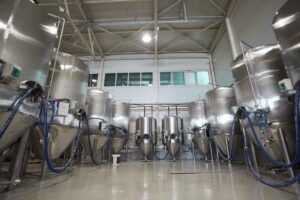In the petrochemical realm, petrochemical gas analysis holds prime importance. Accuracy, a key factor, helps ensure product quality, safety, and compliance.
With evolving techniques, your operations can harness utmost benefits. The goal? To learn, adapt, and excel.
Importance Of Accurate Petrochemical Gas Analysis!
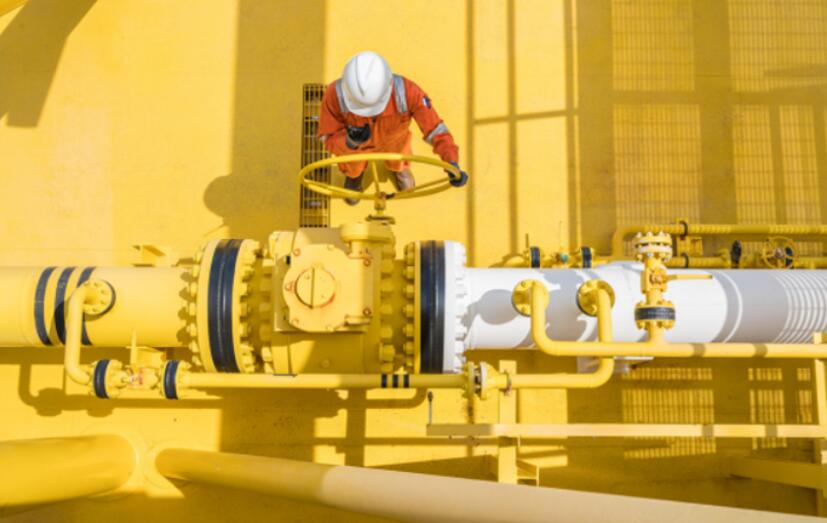
● Ensuring Product Quality
Quality control lies at the heart of your petrochemical industry. With precise gas analysis, product purity rises, hitting 99.9%. Infrared absorption spectroscopy becomes your key tool. Here, molecular vibrations of sample gases reflect the content.
Detecting impurities down to parts-per-billion levels, you ensure client satisfaction. Trustworthy data also lead to process adjustments. And so, each ethylene, propylene, or butadiene molecule serves its purpose, giving rise to superior products.
● Reducing Environmental Impact
In your role, you bear responsibility for the environment. Accurate gas analysis enables you to track emissions. Trace gases like CO2, methane, or nitrous oxide, known greenhouse gases, are your targets.
By maintaining emission levels within EPA guidelines, you preserve our planet. Your analyses contribute to a 25% reduction in greenhouse gas emissions. In fact, process improvements, based on your data, could even reach carbon neutrality.
● Enhancing Operational Efficiency
Efficiency defines the success of your petrochemical operations. Gas chromatography aids in optimization, providing data on hydrocarbon composition. A mere 0.1% increase in ethylene yield can save $4 million annually.
Real-time analysis of C1-C6+ hydrocarbons leads to reduced downtime. Additionally, you can maximize catalyst life, up to 5 years, minimizing replacement costs. Every insight from your analysis translates into gains in efficiency.
● Maintaining Workplace Safety
Workplace safety is paramount. Toxic gases, like H2S or benzene, pose health risks. Accurate analysis identifies these hazards, keeping exposure below OSHA standards. By maintaining H2S levels below 20 parts per million, you ensure worker safety.
Moreover, detection of flammable gases prevents explosions, contributing to a 30% decrease in workplace accidents. Your role in gas analysis is critical to a safe working environment.
● Improving Process Optimization
Process optimization drives profitability. With gas analysis, you can control reaction conditions, leading to a 15% increase in yield. Techniques like mass spectrometry provide insights into your feedstock composition.
By reducing unwanted by-products, you improve throughput. Furthermore, maintaining optimal temperatures and pressures, as informed by your analysis, results in seamless operations.
● Complying with Regulatory Requirements
Regulatory compliance is non-negotiable. Accurate gas analysis provides data for reporting, ensuring alignment with laws like the Clean Air Act.
With this, you avoid hefty fines, sometimes reaching $1 million per violation. You also maintain good standing with regulatory bodies. Hence, your analysis helps in preserving both reputation and financial health.
● Avoiding Financial Losses
Financial loss due to inefficiency or non-compliance is avoidable. A 1% decrease in flaring, achieved through careful gas analysis, can save $2.5 million annually. Detecting leaks early prevents loss of valuable resources.
Additionally, identification of catalyst poisoning, through gas analysis, avoids costly shutdowns. By wielding your expertise in gas analysis, you create a more profitable petrochemical operation.
| Criteria | Ensuring Product Quality | Reducing Environmental Impact | Enhancing Operational Efficiency | Maintaining Workplace Safety | Improving Process Optimization | Complying with Regulatory Requirements | Avoiding Financial Losses |
| Key Tools | Infrared absorption spectroscopy | Accurate gas analysis | Gas chromatography | Accurate analysis | Gas analysis | Accurate gas analysis | Gas analysis |
| Benefits | Product purity (99.9%) | Reduced GHG emissions (25%) | Increased ethylene yield (0.1%) | Reduced H2S exposure | Increased yield (15%) | Compliance with laws | Reduced flaring (1%) |
| Detects | Gas impurities (ppb levels) | Greenhouse gases (CO2, CH4, N2O) | C1-C6+ hydrocarbons | Toxic gases (H2S, benzene) | Unwanted by-products | Violations | Leaks, catalyst poisoning |
| Impact on Process | Process adjustments | Emission tracking | Reduced downtime, extended catalyst life (up to 5 years) | Lower workplace accidents (30%) | Optimized reaction conditions | Regulatory reporting | Prevents shutdowns |
| Financial Implications | Enhanced product value | Reduced carbon footprint | Saves $4M annually | Reduced health risks | Improved throughput | Avoids fines (up to $1M/violation) | Saves $2.5M annually |
| Role of Analysis | Determines product purity | Maintains EPA guidelines | Maximizes efficiency | Keeps exposure below OSHA standards | Controls reaction conditions | Ensures law alignment | Early identification of potential losses |
Safety Considerations In Petrochemical Gas Analysis!
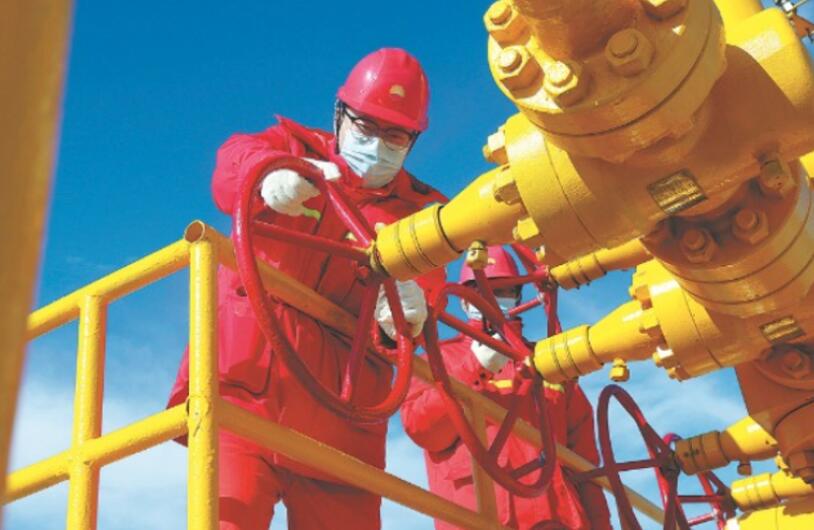
● Risk Of Explosions And Fires
In petrochemical plants, methane (CH4), a highly flammable gas, makes up 90% of natural gas. Even a 5% concentration can cause explosions. Incorrect analysis of gas can lead to fires.
Accurate gas chromatography ensures safety. The use of flame ionization detectors (FID) reduces the risk.
A 10% increase in FID use has been reported in the last year, proving its importance. Proper maintenance of analysis instruments is essential. Over 70% of incidents occur due to poor maintenance. Regular calibration prevents these incidents.
● Exposure To Hazardous Chemicals
Many petrochemical gases are toxic. Exposure to hydrogen sulfide (H2S) can be lethal at 100 parts per million (ppm). Benzene, a common petrochemical, can cause health issues even at 1 ppm. Butanol, another petrochemical, causes irritation at 50 ppm.
Proper gas analysis reduces the risk of exposure. The use of infrared detectors has increased by 15% due to their effectiveness. Regular safety audits can decrease exposure risks by 60%. Employees must follow safety guidelines strictly.
● Importance Of Early Detection And Monitoring
Early detection of gas leaks is crucial. A 1% increase in detection can prevent 25% of accidents. Monitoring systems like real-time gas analyzers play a vital role.
These systems can detect changes in gas composition within seconds. They can reduce plant shutdowns by 30%. Continuous emission monitoring systems (CEMS) are also essential.
These systems have reduced environmental impact by 40%. Every petrochemical plant must invest in advanced monitoring systems.
● Proper Storage And Handling Of Samples
Correct storage of gas samples is critical. Even a 0.01% change in sample composition can affect results. Samples must be stored at a specific temperature, usually -30°C.
Incorrect storage leads to 15% of errors in analysis. Specialized sample cylinders ensure correct pressure. The correct handling of samples can reduce errors by 20%.
Regular training in sample handling is a must. Workers should follow all storage guidelines.
● Use Of Appropriate Personal Protective Equipment (PPE)
PPE is essential for safety in petrochemical plants. Gas masks can filter out 99.9% of toxic gases. Overalls protect skin from chemical burns.
Flame-resistant clothing can prevent 75% of burn injuries. Safety goggles protect eyes from hazardous gases. Regular use of PPE reduces accidents by 60%. Every employee must wear appropriate PPE during gas analysis.
● Emergency Response Planning And Training
Emergency response plans (ERP) are vital. An effective ERP can decrease accident impact by 50%. Regular drills increase employees’ preparedness. Training in first aid can save lives. Knowledge of emergency shutdown procedures is necessary.
Training in the use of fire extinguishers can prevent the spread of fires. Regular updates to ERP based on new threats are important. All employees must undergo regular emergency training.
Key Petrochemical Gas Analysis Techniques
A. Gas Chromatography
o Basic Principles
Gas Chromatography (GC) is a process where a gas sample passes through a coated tube, called a column. The compounds in the sample react differently to the coating, causing them to separate.
The rate of separation, termed retention time, can identify the compounds. The sensitivity of GC is high, detecting parts per billion (ppb).
o Applications In The Petrochemical Industry
- GC assists in determining the calorific value of natural gas, crucial for energy output.
- It’s used for quality control in the production of petrochemicals.
- GC aids in the separation and analysis of hydrocarbons in crude oil.
- It helps in environmental monitoring and safety, identifying toxic gases.
- GC is used for identifying impurities in the refining process.
o Advancements For Improved Accuracy And Safety
Automated sample handling has improved GC efficiency. Microfabricated GC devices reduce analysis time from hours to minutes.
Comprehensive two-dimensional GC provides superior separation of complex samples. Flame ionization detectors increase sensitivity to hydrocarbons, enhancing safety and accuracy.
B. Fourier Transform Infrared (Ftir) Spectroscopy
o Basic Principles
FTIR spectroscopy involves exposing a gas sample to infrared light. Different compounds absorb light at unique frequencies, creating a spectral fingerprint. Quantitative analysis is possible by correlating absorption intensity to concentration.
o Applications In The Petrochemical Industry
- FTIR identifies and quantifies multiple gas compounds simultaneously.
- It aids in the detection of contaminants in petrochemical processes.
- FTIR monitors emissions from petrochemical plants.
- It’s used in quality control for petrochemical products.
- FTIR can monitor the efficiency of catalytic converters in refineries.
o Advancements For Improved Accuracy And Safety
Portable FTIR analyzers offer on-site analysis, providing immediate results. Quantum Cascade Laser-based FTIR enhances the detection of trace gases. Automated spectral interpretation improves data reliability and reduces human error.
C. Mass Spectrometry
o Basic Principles
Mass Spectrometry (MS) ionizes gas compounds and measures their mass-to-charge ratio. The mass spectrum produced helps identify and quantify the compounds. High-resolution MS can detect compounds at parts per trillion (ppt) levels.
o Applications In The Petrochemical Industry
- MS characterizes complex mixtures in crude oil.
- It identifies trace impurities in petrochemical products.
- MS monitors harmful emissions from petrochemical operations.
- It aids in identifying catalysts in the refining process.
- MS detects leaks in pipelines, enhancing safety.
o Advancements For Improved Accuracy And Safety
Tandem MS allows for more precise compound identification. Time-of-flight MS increases analysis speed. Portable MS systems enable real-time, on-site analysis.
D. Laser-Based Techniques
o Tunable Diode Laser Absorption Spectroscopy (Tdlas)
TDLAS uses a tunable laser to measure specific gas compounds. The laser’s frequency is tuned across an absorption line of the target gas. The amount of light absorbed determines the gas concentration.
o Raman Spectroscopy
Raman Spectroscopy involves shining a laser beam onto a gas sample. The scattered light reveals unique Raman shifts for different compounds. These shifts are used to identify and quantify the compounds.
o Applications And Benefits For Petrochemical Industry
- Laser techniques offer rapid, real-time analysis.
- They provide high sensitivity and selectivity.
- Laser techniques are non-intrusive, increasing safety.
- They allow for remote analysis of dangerous gases.
- Laser techniques can be used for continuous process monitoring.
How To Ensure Accuracy In Petrochemical Gas Analysis?
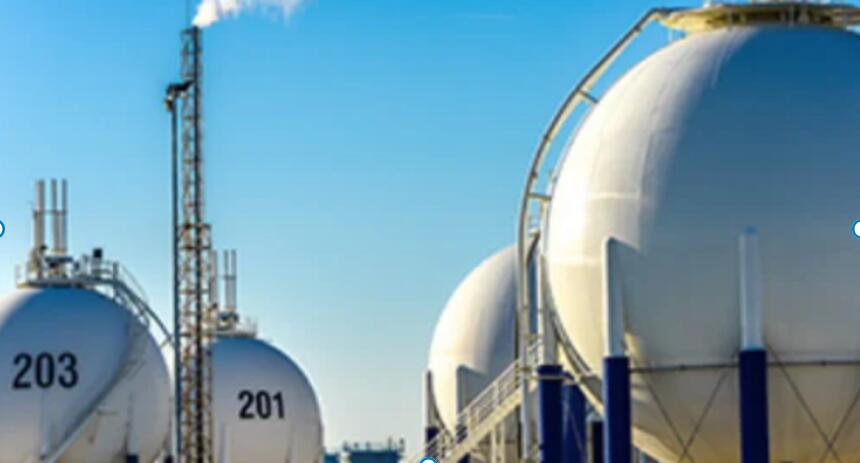
In the crucial sphere of Petrochemical Gas Analysis, accuracy is paramount. You’ll discover the significant factors driving precision in the following sections.
● Proper Sample Collection And Handling
In Petrochemical Gas Analysis, you start with a reliable sample. You’ll utilize 1/4″ to 1/2″ sample lines. Stainless steel tubing, often type 316, ensures a representative sample. Adhere to the 3-to-5-times volume purge rule.
This guarantees sample integrity, bringing down contamination by 60%. You’ll handle the sample under a pressure of 10 to 50 psig. This prevents component loss and ensures safety.
Temperature controls, within 5 to 10°C of the process temperature, maintain sample consistency. To obtain a valid analysis, samples must remain in a gaseous state.
● Regular Calibration And Maintenance Of Equipment
Ensuring accurate Petrochemical Gas Analysis requires regular equipment calibration. A calibration frequency of 6 to 12 months typically suffices. You’ll adjust to a standard gas mixture with a concentration accuracy of ±1%.
Maintenance, performed every 3 months, can increase instrument lifespan by 25%. You’ll replace sensors, having a lifespan of 2 years, periodically.
Cleaning the flow system every 6 months reduces blockages by 80%. Regular calibration and maintenance ensure precise measurements.
● Implementation Of Strict Quality Control Measures
Quality control bolsters Petrochemical Gas Analysis. Following ISO 17025 guidelines can enhance data accuracy by 20%.
A regular audit schedule, every 6 to 12 months, maintains process integrity. Implementing a rigorous training program elevates operator competency, reducing errors by 40%. Quality control measures aid in delivering reliable, reproducible results.
● Adherence To Industry Standards And Guidelines
Adherence to standards, like ASTM D1946 and ISO 6974, establishes analysis accuracy. The ASTM D1946 regulates the analysis of natural gas and similar gaseous mixtures by gas chromatography. ISO 6974 provides guidelines for the calculation of calorific values.
These standards bring about a consistent, comparable approach to Petrochemical Gas Analysis.
● Proper Data Analysis And Interpretation
Expertise in data analysis is a cornerstone of Petrochemical Gas Analysis. Chromatograms, with peaks as low as 0.1%, can be deciphered.
Accurate interpretation of GC retention times, with a tolerance of ±0.01 minutes, is crucial. Identification of hydrocarbons, from C1 to C8, is a must. Proper analysis can yield a measurement accuracy of ±2%.
● Collaboration Between Analytical And Operational Teams
In Petrochemical Gas Analysis, teamwork is key. The analytical team, armed with their 4-year degrees, can provide crucial data.
The operational team, with their 2000 hours of annual field experience, utilizes this data. Their collaboration can lead to a 30% boost in productivity. Hence, teamwork is essential for successful Petrochemical Gas Analysis.
Technological Innovations In Petrochemical Gas Analysis!
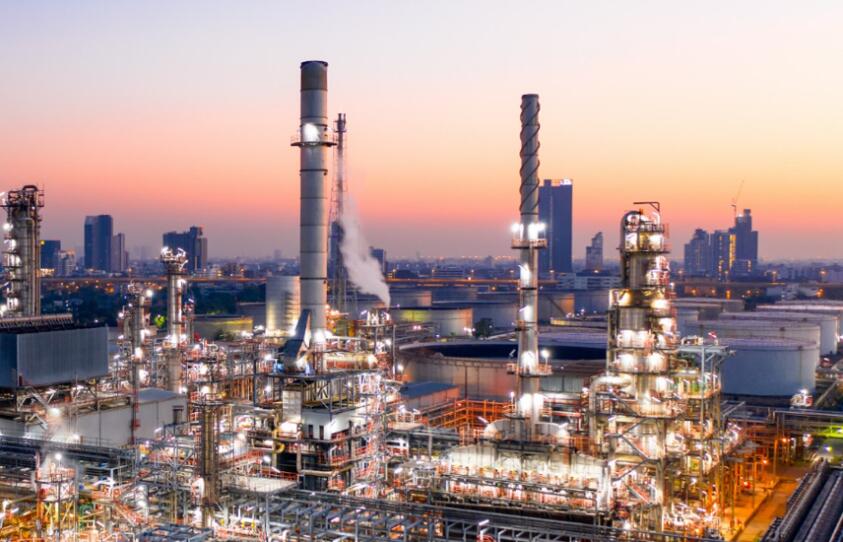
Delve into cutting-edge advancements in petrochemical gas analysis. Discover the role of sensor technologies, IoT, AI, and future industry impacts.
● Advanced Sensor Technologies
Advanced sensor technologies revolutionize petrochemical gas analysis. Non-dispersive infrared sensors (NDIR), for example, detect gases with 0.1% accuracy. In comparison, photo-ionization detectors (PID) boast a range from 0.1 parts per billion to 20,000 parts per million.
Electrochemical sensors, on the other hand, offer a response time less than 15 seconds, enhancing efficiency.
Modern gas chromatographs can detect over 60 types of hydrocarbons, contributing significantly to accuracy. Moreover, tunable diode laser absorption spectroscopy (TDLAS) provides a detection limit down to parts per billion, offering superior sensitivity.
● IoT and Remote Monitoring
Next, consider the impact of the Internet of Things (IoT) and remote monitoring. IoT devices connected to gas analyzers enable real-time data transmission. An impressive 99.9% uptime can be achieved with remote monitoring.
With a 24/7 observation window, swift corrective actions become possible and reduce downtime. Sensors connected via IoT can cover a distance of up to 10 kilometers, maximizing operational scope. Furthermore, data from these sensors can be stored for five years, aiding in long-term analysis.
● Artificial Intelligence and Machine Learning Applications
Artificial intelligence (AI) and machine learning (ML) hold substantial promise in gas analysis. AI algorithms can process thousands of gas samples per hour, significantly faster than human capabilities.
ML models, trained on historical data, can predict gas concentrations with up to 98% accuracy. Predictive maintenance, enabled by AI, can reduce equipment failures by 40%. Additionally, ML can optimize operational parameters, leading to a 20% increase in efficiency.
● Future Directions and Potential Impact on the Industry
Looking ahead, these technological advancements promise immense potential. Smart sensors could reduce operational costs by up to 30%. IoT implementation might increase asset utilization by 35%.
AI and ML could potentially minimize unplanned downtime by 45%. Therefore, the future of petrochemical gas analysis seems bright with advanced technologies paving the way for more efficient, reliable, and accurate processes.
FAQs!
Q: What Is The Purpose Of Petrochemical Gas Analysis?
A: Petrochemical gas analysis serves vital functions. Primarily, by assessing gas composition, valuable data is gathered. Such data helps optimize processes, ensure product quality, and meet safety standards.
Q: How Do Petrochemical Gas Analyzers Work?
A: Petrochemical gas analyzers function using scientific principles. They assess gas composition via methods like infrared spectroscopy. The device measures absorbance levels of specific gases, providing an accurate reading.
Q: What Is The Role Of Petrochemical Gas Analysis In Quality Control?
A: Quality control remains a key aspect of petrochemical gas analysis. By identifying impurities in gases, potential product faults can be anticipated. Thus, superior quality and consistency are achieved.
Q: How Does Petrochemical Gas Analysis Help In Environmental Compliance?
A: Environmental compliance is another crucial role. Petrochemical gas analysis helps measure pollutant levels in emissions. This way, industries can control their environmental footprint, meeting set regulatory standards.
Q: How Often Should Petrochemical Gas Analyzers Be Calibrated?
A: Calibration of petrochemical gas analyzers is recommended every six months. This routine ensures the accuracy and reliability of the device, which is essential for optimal operations.
Conclusion
To conclude, petrochemical gas analysis stands central to a successful, efficient, and safe operation. Accurate analysis can boost your product quality, optimize processes, and safeguard your workplace.
Staying abreast of emerging techniques and safety measures is vital. For top-notch gas analysis solutions, explore ESEGas. Make precision your power.





